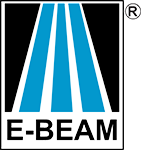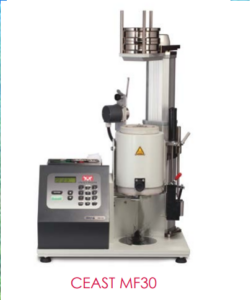
Most of our sterilization customers have us and their microlab perform a dose audit (also known as a sublethal or dose verification) on their products on a quarterly basis. The purpose of this test, simplified, is to audit the minimum dose needed to achieve sterility and make sure it hasn’t increased due to any potential changes in the manufacturing process or materials used.
For example, your initial bioburden testing might establish that you need a minimum dose of 15 kGy to sterilize your medical device. But, Chuck, the guy responsible for changing the air filters in your manufacturing facility, won the lottery and took off on an extended trip to the Maldives (lucky Chuck).
 While Chuck’s been gone, no one remembered to change the air filters, and you’ve been slowly pumping dirtier and dirtier air back into your facility, adding to your bioburden. Suddenly, that 15 kGy isn’t enough to sterilize your medical device. But you don’t figure this out until 8 months later and have to recall thousands of potentially contaminated medical devices, face dozens of lawsuits and the overwhelming guilt of having provided contaminated medical devices to patients in need.
While Chuck’s been gone, no one remembered to change the air filters, and you’ve been slowly pumping dirtier and dirtier air back into your facility, adding to your bioburden. Suddenly, that 15 kGy isn’t enough to sterilize your medical device. But you don’t figure this out until 8 months later and have to recall thousands of potentially contaminated medical devices, face dozens of lawsuits and the overwhelming guilt of having provided contaminated medical devices to patients in need.
Sounds painful, huh?
But you’re smart. You follow the ISO 11137 standard and have E-BEAM and your microlab perform a dose audit on your product every quarter. E-BEAM irradiated the samples at the specified verification dose (sublethal dose) and sent the samples to your lab, who tested the product for positives. When there were more positives than allowed, the red flag went up and you were able to go back and pinpoint the air filter dilemma and rectify it faster than Chuck can down a piña colada.
Still not sure how a dose audit works with your product? Reach out to us at ebeam@ebeamservices.com and we’ll help you out!



